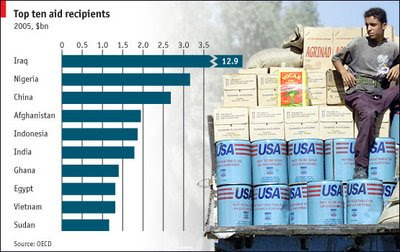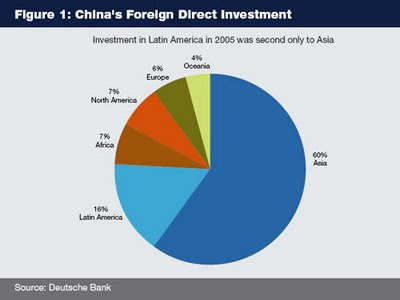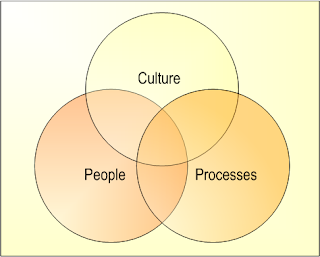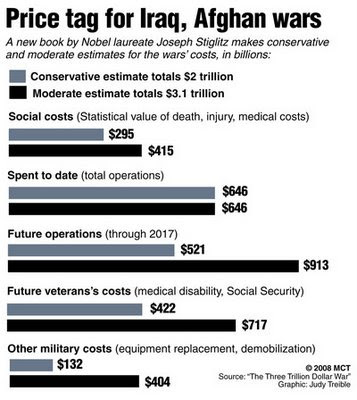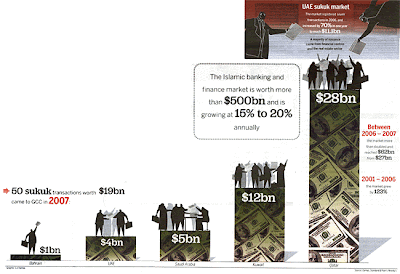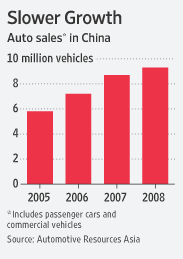Small Entrepreneurial Sector in Pakistan
A new class of entrepreneurs has emerged in Pakistan during this decade who, in small but significant ways, have challenged the religious orthodoxy. They present a sharp contrast to the rising wave of Islamic radicalism that the U.S. and others view as an existential threat to Pakistan. And with many well-traveled Pakistanis importing ideas from abroad, they are contributing to Pakistan's 21st-century search for itself. The new entrepreneurial outfits range from fashion apparel and cosmetics to upscale restaurants, personal fitness clubs and places offering men's hair transplants. The consumer-driven growth started during Musharraf years has fueled the spread of a middle class in Pakistan's biggest cities. For decades after independence in 1947, a handful of extremely wealthy industrial families dominated the economy. In the 1970s, nationalization of important industries gave the government a major economic role. In recent years, a privatization program has sought to shrink
